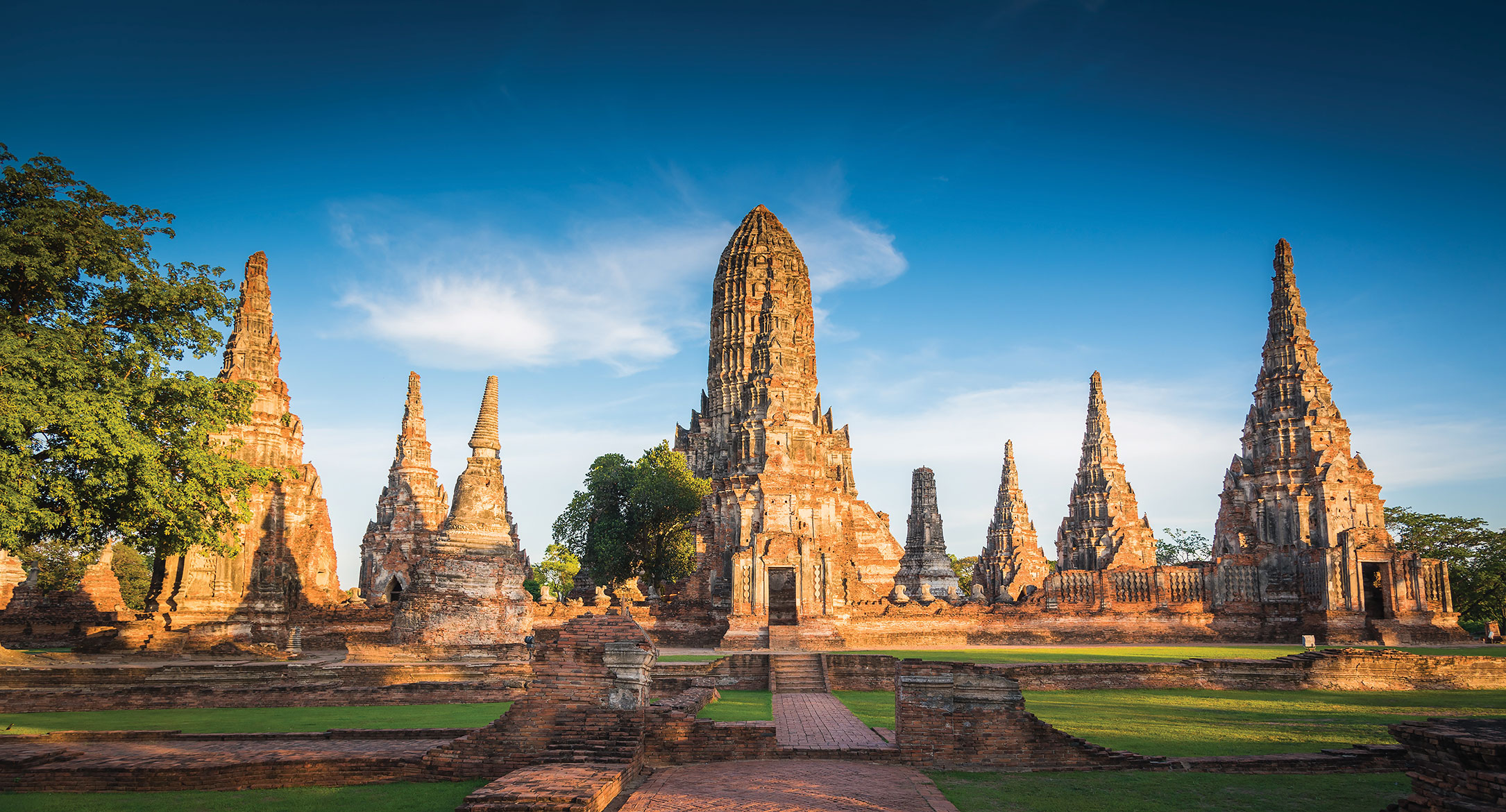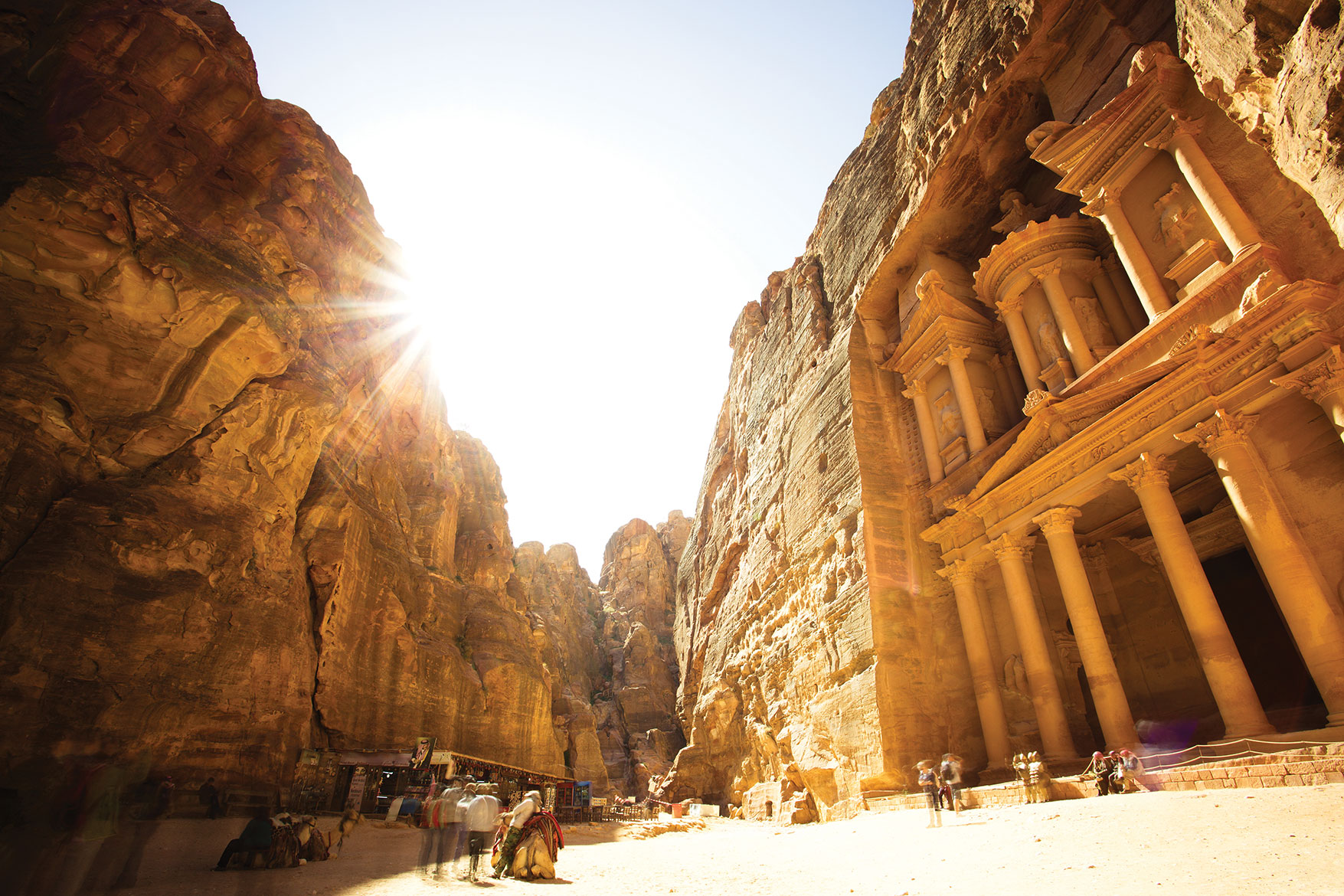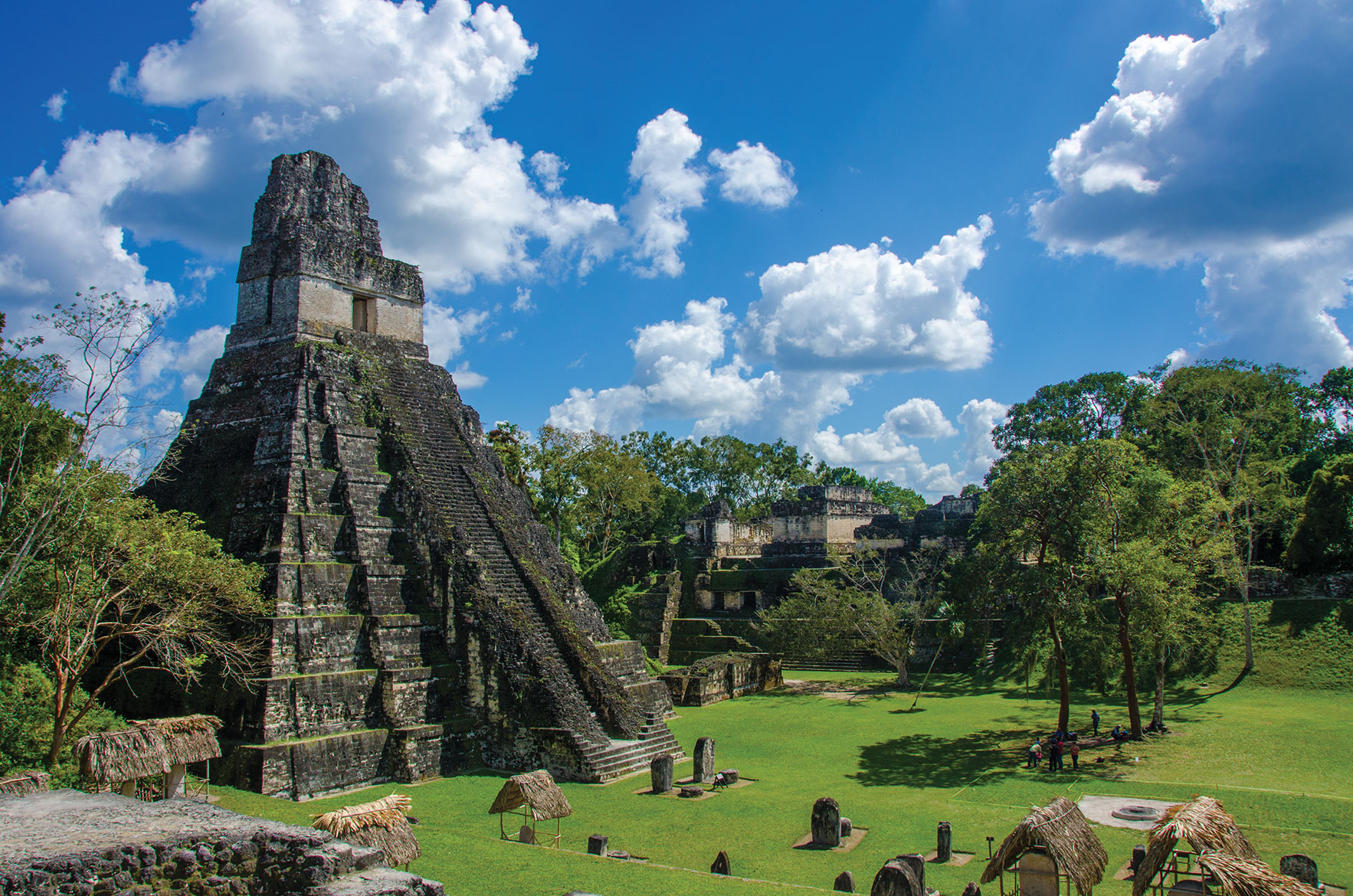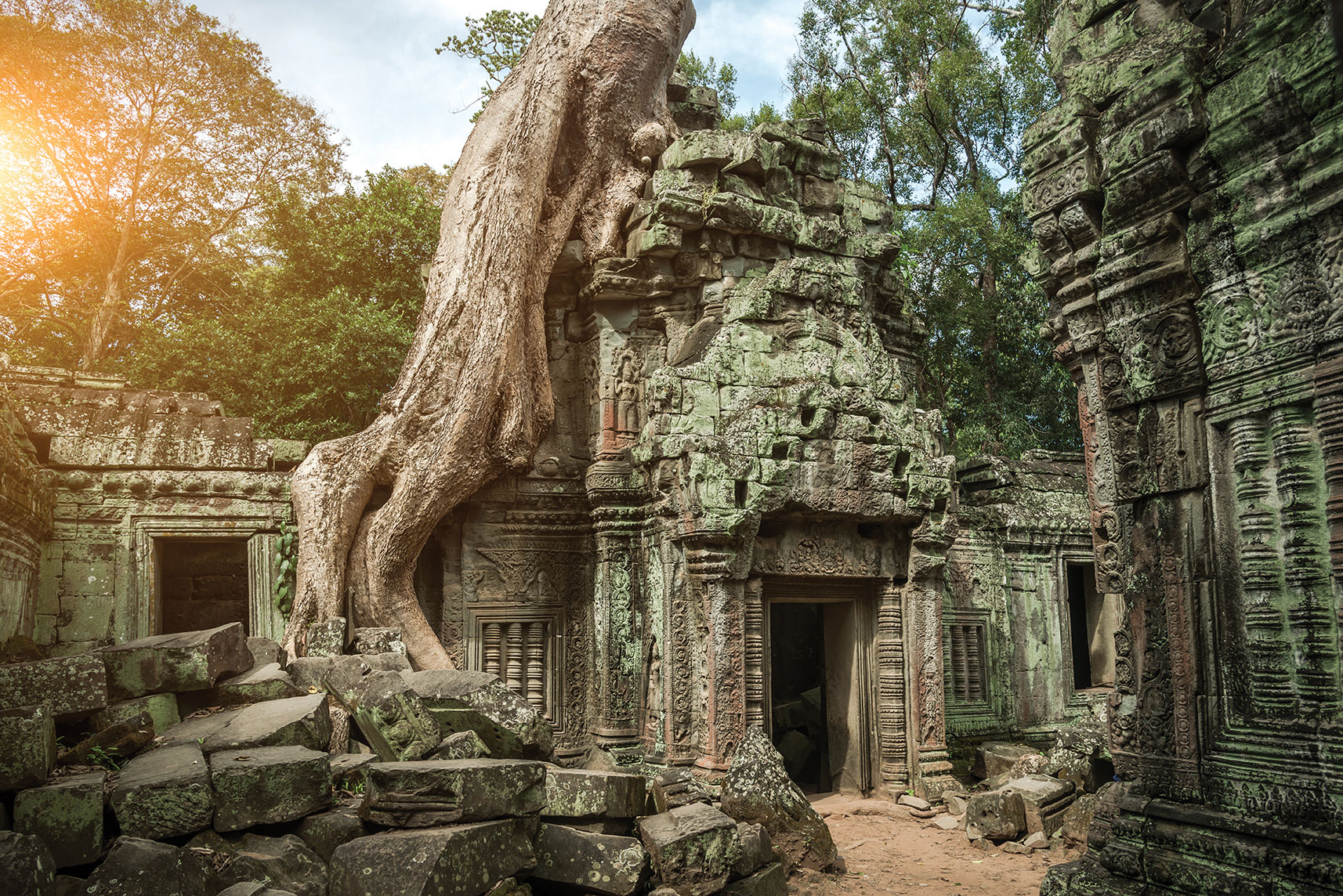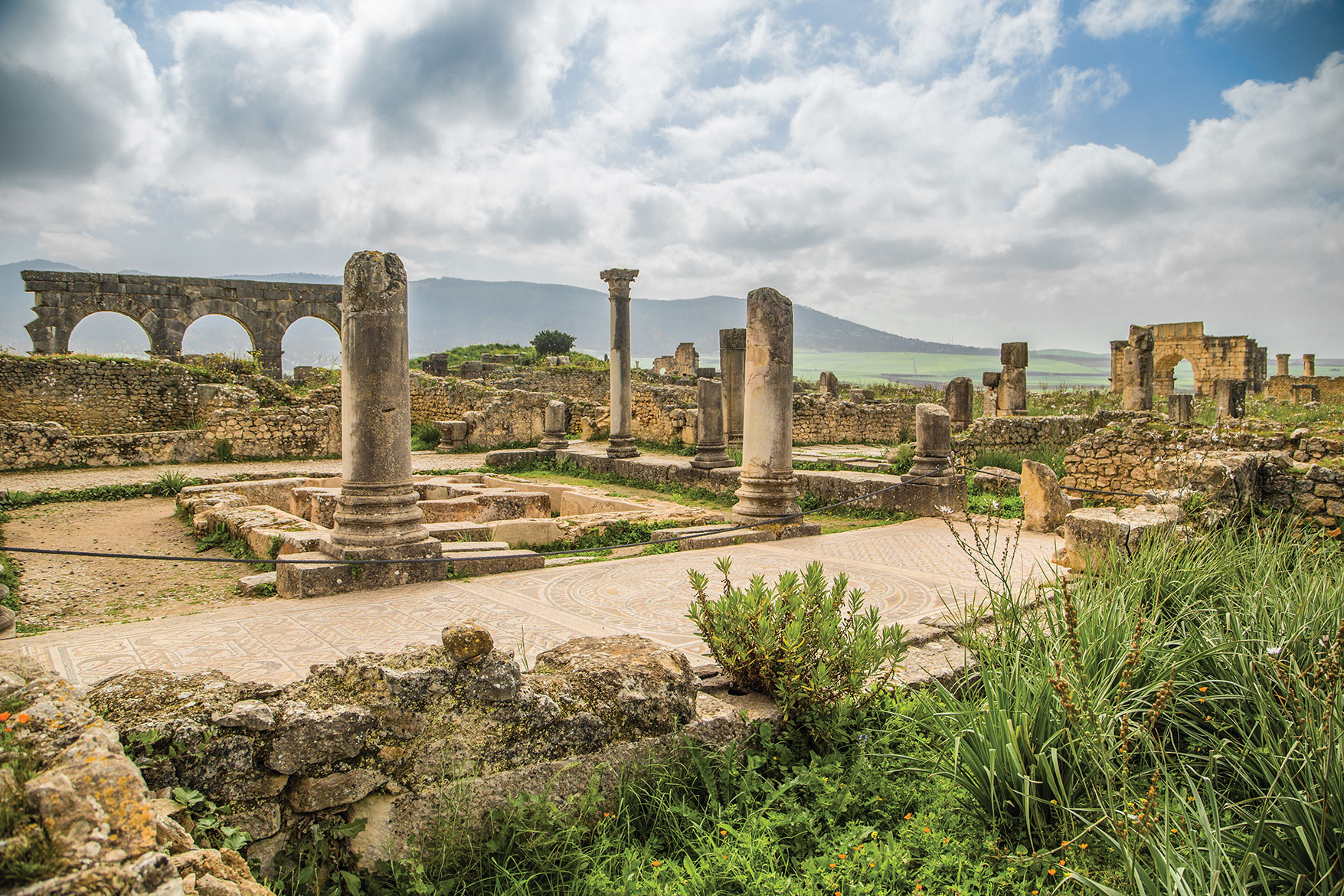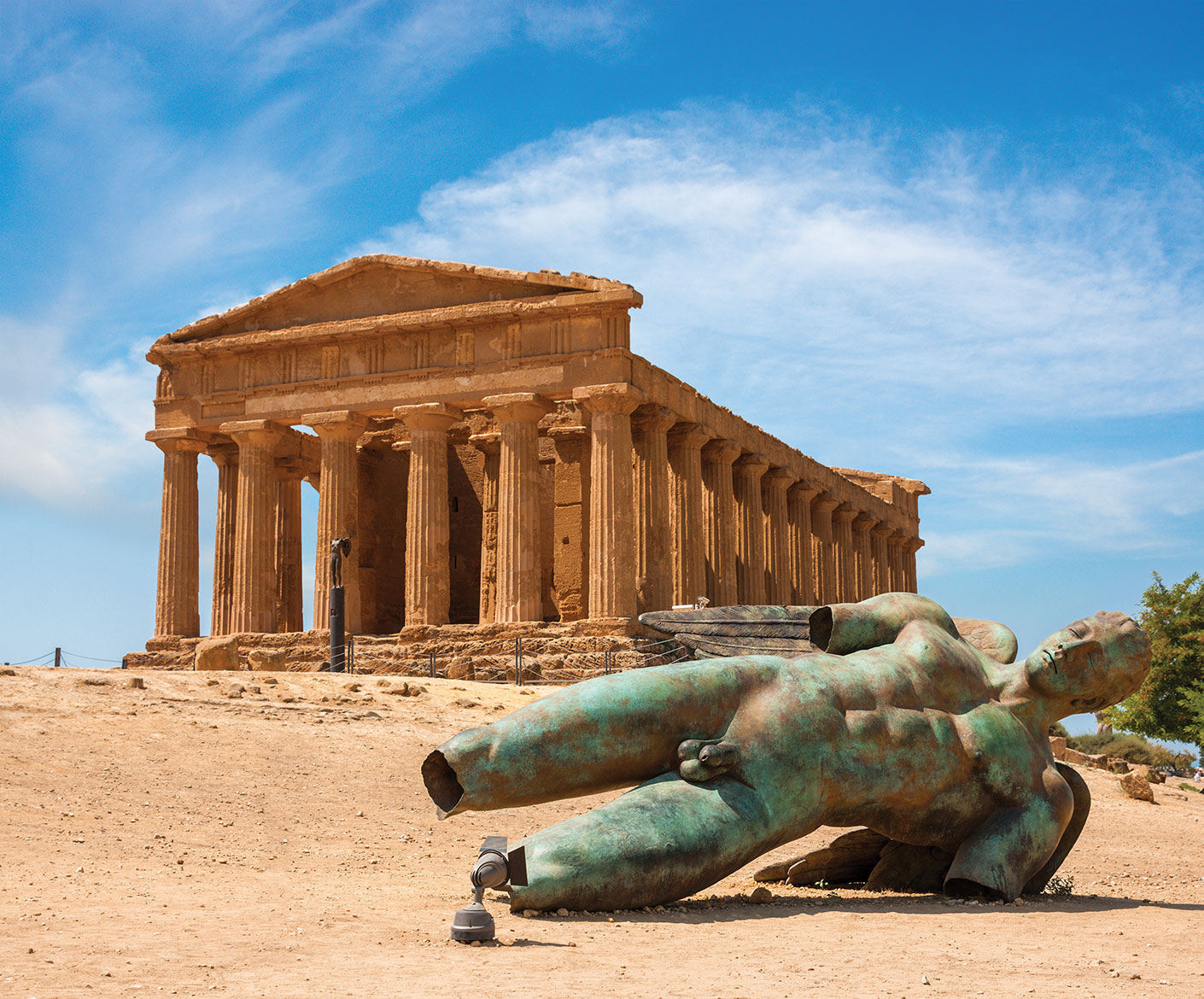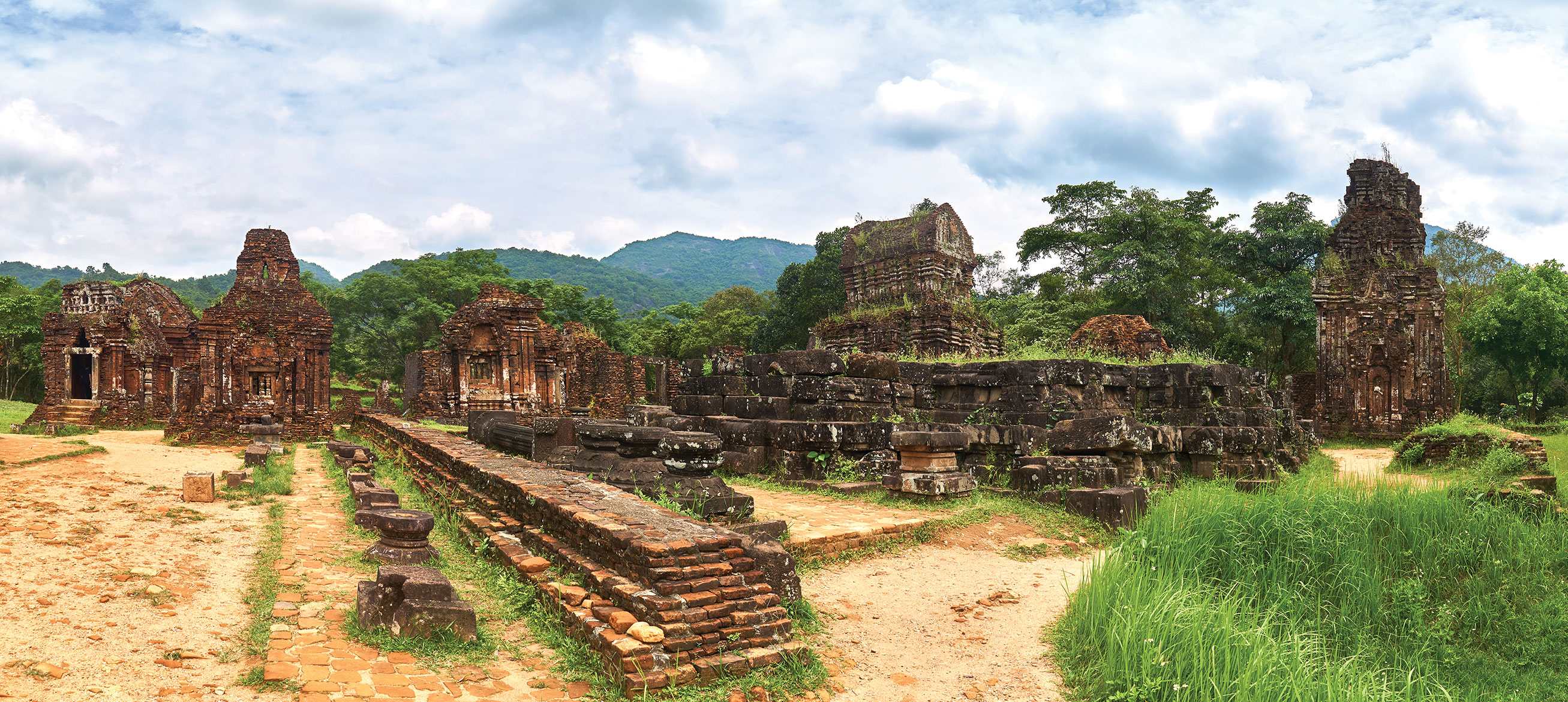Visiting the ruin of a fallen, destroyed or abandoned city is perhaps the closest we can get (as of now) to traveling back in time. What might it have been like to live in an ancient, Mayan city? Walking the streets of Tikal, Guatemala may not provide the full picture, but with a little imagination and a willingness to immerse yourself in the architecture—the limestone temples, the grand palaces and the countless pyramids—you might be able to go back for just a moment. Walk the grassy pathways that wind through the city. Climb the steps of the Temple of the Great Jaguar that stretch 154 feet into the sky. The year is 700 AD. Who are you? Are you a distinguished Tikal soldier, recently returned from battle? Are you a young, Mayan girl, carefree and bounding through the city? The answer is, you are whoever you wish to be.
Ayutthaya, Thailand
An island sitting at the confluence of three rivers—the Chao Phraya, the Lopburi and the Pa Sak—this former capital of Siam was the largest trading hub in Asia and arguably the world for centuries. The island marks the ideal location for shipping between China, India and the Malay Archipelago. Established in 1350, Ayutthaya grew to be the largest city in the world with one million inhabitants by the year 1700. Today, the island is inhabited by the remains of a formerly great city. Visitors travel by ferry to see Ayutthaya’s stone temples, palaces, the prang (reliquary towers) and several large monasteries.
Petra, Jordan
Located in Jordan’s southwestern desert, Petra dates back to 300 BC and was the capital city of the Nabataean Kingdom. The Nabateans were nomadic Arabs who, when they came upon Petra, saw the potential for the city to be a hub of trade, as it was in close proximity to all the local trade routes. Petra sits on the slope of Jabal-Al-Madbah, in a basin among the mountains which form the eastern flank of Arabah valley that runs from the Dead Sea to the Gulf of Aqaba. The site is only accessible via a narrow canyon called Al Siq. Once inside the city, there are tombs and temples carved into pink sandstone, earning Petra its nickname, the “Rose City.” The most famous structure to be found in the Rose City is Al Khazneh, a temple with a Greek-inspired facade known as The Treasury.
Tikal, Guatemala
Tucked away in the rainforest of northern Guatemala, you can find the city once called Yax Mutal—the city known to us as Tikal. The capital of a conquest state, Tikal was one of the most powerful kingdoms in ancient Maya, dominating the region politically, economically and militarily for many years. The architecture within the city has been traced back to the 4th century BC. Temples that tower over 230 feet high, residencies, administrative buildings and even what is believed to be a former jail still stand today.
Temples of Angkor, Cambodia
Located among the forest and farmlands just north of the great lake of Tonlé Sap in Siem Reap Province, the Temples of Angkor is an enormous property comprised of a thousand temples. The most impressive of which is Angkor Wat—the largest religious monument in the world, spanning 500 acres. Originally constructed as a Hindu temple dedicated to the god Vishnu, Angkor Wat is reported to have used five million tons of sandstone, 300,000 laborers, 6,000 elephants and 35 years in its construction. The city of Angkor is considered the most significant sight of Khmer architecture and receives two million visitors annually.
Volubilis, Morocco
This partially excavated Berber and Roman city sits in the beautiful countryside near the city of Meknes and is thought to have once been the ancient capital of the Mauretania Kingdom. The city was built on a very fertile plain and reached its height from the 3rd century BC to 40 BC. Volubilis is one of the largest ancient ruins in Africa and also the best-preserved archeological site in Morocco. Known for its gorgeous mosaics preserved in situ, the city sits high at an altitude of 1,300 feet between two rivers, the Oued Fertassa and Oued Khomane.
Valle dei Templi, Sicily
The Valle dei Templi (Valley of the Temples) is one of Sicily’s most popular attractions. Located on a ridge outside the hilltop city of Agrigento, it’s less of a valley and more of a long, rocky scarp. Consisting of seven temples, all in Doric style, this archaeological site is thought to be the best preserved and most representative remains of classical Greek civilization. The remains found here can be traced back to ancient Akragas, which, in its prime, was a buzzing cultural center. The city attracted poets, philosophers and sculptors from all across Italy and was widely considered the most beautiful city in Sicily.
My Son, Vietnam
This cluster of abandoned Hindu Temples dedicated to the god Shiva was constructed between the 4th and 14th century AD by the kings of Champa. Set in a valley just over a mile wide and surrounded by mountain ranges, My Son is the burial place for Cham heroes and royalty. Most of the tombs and temples within the city were constructed with red brick, only one temple is made of stone. The remains of a series of impressive tower-temples have drawn people to this site for many years—it is the longest inhabited archeological site in Indochina. While the site is still unbelievably impressive today, the majority of its original architecture was destroyed by US carpet bombing during the Vietnam War.
The post Ancient Ruins Around the World appeared first on VUE magazine.

